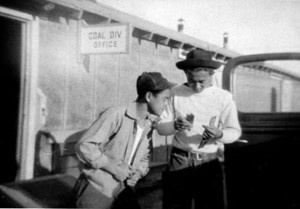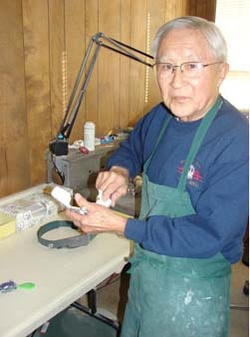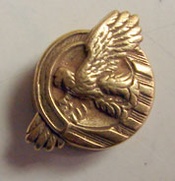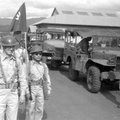For more than half a century Donald S. Maeda has been making dental crowns—and is still making them at age 86 in his own Roseville dental lab. He prefers work to idle time and says he won’t slow down as long as he can do the job.
Maeda’s extraordinary longevity is just part of a lifetime of stories set during the tumultuous twentieth century. Starting out in Seattle, then subjected to internment as a teenager in Idaho during the World War II, he tells of post war life in the Twin Cities, where he would marry, raise a family and build a reputation with Maeda Dental Lab.
Early life
Maeda was born in the Seattle, Washington area to Toshishige and Kan Maeda in 1925. Toshishige was a dental technician and was able to support his family through the Great Depression in a middle class neighborhood.
An uncle ran a grocery store and the family could charge what they needed until the end of the month.
“We didn’t really feel the Depression,” said Maeda.
His immigrant parents discouraged anything Japanese and raised him to blend into mainstream America. He spoke a little Japanese but never did learn to read or write the language. His boyhood friends were mostly white.
“That didn’t matter growing up. I was still a ‘Jap’,” said Maeda.
He never gave it much thought until his later years when Maeda said he began to appreciate the company of his fellow Japanese Americans.
Internment
World War II broke out when Maeda was 17 years old. He recalls the internment beginning with temporary billets at the Western State Fairgrounds in Washington, where hastily created barracks were added as some people wound up in the empty stalls of the Puyallup horseracing track.
“We stayed there from March to August 1942, while the camp in southern Idaho was built—one of ten camps around the country,” he said.

Don Maeda, left, and a coworker on the "Coal Crew" at Camp Minidoka sometime between 1942-44. (Photo courtesy of the Maeda family)
Camp Minidoka was about 20 miles out of Twin Falls, Idaho. He described it with a grimace as a remote outpost with barbed wire and armed guards in the middle of dry sage country. He said there was an irrigation ditch that was like a river around the camp with a guard at the gated bridge entrance.
Maeda would have been a senior in high school, but chose to work rather than attend the camp school. He worked on a coal crew at the Minidoka relocation center, loading trucks at a central location and then delivered the coal to some 30 mess hall kitchens in the camp.
“He was especially fond of the driving part of the job and the special food the crew got from the cooks who liked the quality of the coal the crew ‘picked’ out for them,” said his daughter Janet Carlson.
Maeda and the other teenage boys also worked as field laborers for local farmers at harvest time. They were paid little and lived and worked with Mexican laborers brought up as temporary help.
The youth in the camp hung out together and developed a summer softball league. He said it was odd to suddenly have so many Japanese American friends for the first time. He joked that his social life was better than it was in Seattle where he encountered difficulty with the parents of white girls.
“I met some nice girls and I tell my kids I was having a nice time,” he added. “My parents kept to themselves and with the other adults.”
In late 1944 the Maeda family was authorized to relocate to Minnesota, where Don’s elder sister Jane (Mizuno) was living. She was in St. Paul attending Hamline University, after her education at the University of Washington in Seattle was interrupted by the internment.
The Army gave him a discharge lapel pin that servicemen and women wore to indicate completed service. The bird is actually an eagle but reportedly looked like a duck. The term “ruptured duck” reportedly relates to exiting service members “taking off like a ruptured duck.”
The pin allowed Maeda the comfort of serving honorably and not having to explain it further in public. He keeps the pin in the same box that holds his late wife’s wedding ring.
* This article was originally published in the Asian American Press on June 12, 2011
© 2011 Asian American Press







